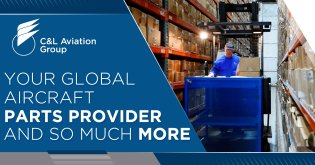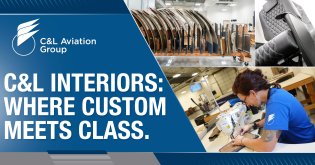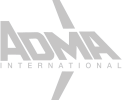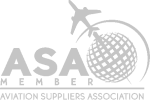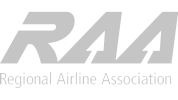Consignment inventories can be beneficial for aircraft operators (and some MROs) because spare aircraft parts are instantly available, reducing the need to search the market for required aircraft parts and to pay for shipping costs.
If you’re considering a consignment inventory option, you’ll want to know about its advantages, what parts are included and whether your company is a good fit.

What is a Consignment Inventory?
In a consignment inventory agreement, the supplier provides an operator with various consigned parts (usually high-moving and no-fly parts; described below). These parts are made available at the operator’s facility but still belong to the supplier. The operator is invoiced upon issuance of a purchase order once the part has been consumed.
What are the Advantages of a Consignment Inventory?
There are numerous advantages to a consignment inventory over traditional inventory, such as no upfront cost, immediate availability, and predictable pricing.
No Upfront Cost
Instead of purchasing necessary parts for your operation, a consignment agreement gives operators access to various parts, where parts are only purchased once they are consumed. This means there is no upfront cost for acquiring the inventory. That said, some suppliers may require a floor fee to keep the inventory at the operator’s facility or charge access fees on some high-value aircraft parts (see below.)
Immediate Availability
Operators maintaining a traditional inventory are responsible for purchasing replacement parts to replenish their stock. Under a consignment agreement, the supplier provides the initial inventory and replenishes any parts consumed. This ensures that parts are always available, minimizing shipping time and thus aircraft downtime.
Suppliers generally replenish the aircraft parts within a couple of days.
Predictable Pricing
Under a consignment, the operator usually only pays for the consumption of specific parts. If the part is a rotable, the operator will pay an exchange fee and the cost to repair the part and return a core. Other parts will be purchased outright. Part costs are negotiated upfront and drawn up in the contract. This provides operators with predictable pricing throughout the duration of the agreement.
Additionally, having the parts onsite minimizes shipping and courier costs.
What are the Operator’s Responsibilities?
In addition to paying an exchange fee and returning a core, the operator is responsible for notifying the supplier when a consigned part has been removed from inventory and needs to be replaced. To do this, the operator must track the inventory at their facility and promptly notify the supplier via a purchase order when a part has been consumed.
To assist with this, the supplier may visit the inventory site to audit periodically. These audits keep both parties accountable, ensuring that any missing parts are paid for by the operator and replenished by the supplier.
What Parts are Included in a Consignment Inventory?
Consignment inventories are usually tailored to the needs of the operator and can include any type of part. Aircraft parts available in a consignment inventory may include rotables, expendables, consumables, life-limited parts, windshields, propellers, engines, wheels, brakes, etc. Consignment inventories generally ensure that operators have high-moving and no-fly parts available. (High-moving parts are the most frequently replaced, and no-fly parts are necessary for the aircraft to fly.)
The supplier may have a list of recommended aircraft parts that the operator can compare against what parts they commonly require during maintenance and normal operations. The supplier and operator can then negotiate what parts to include in the inventory.
Are There Any Additional Fees?
Some suppliers may charge an access fee to allow an operator to have access to the inventory. This means that operators may pay to keep the inventory onsite as well as pay for each part that is consumed. These charges may be referred to as access fees, floor fees, or monthly rates.
Typically, access fees may also apply to rotables and life-limited parts (e.g., engines, propeller blades, etc.) with a high value, or they have a life limit and may be consuming that life as they sit in the operator’s facility. The access fee ensures that the part is reserved for only the operator’s use, meaning that the supplier cannot sell the part to another customer.
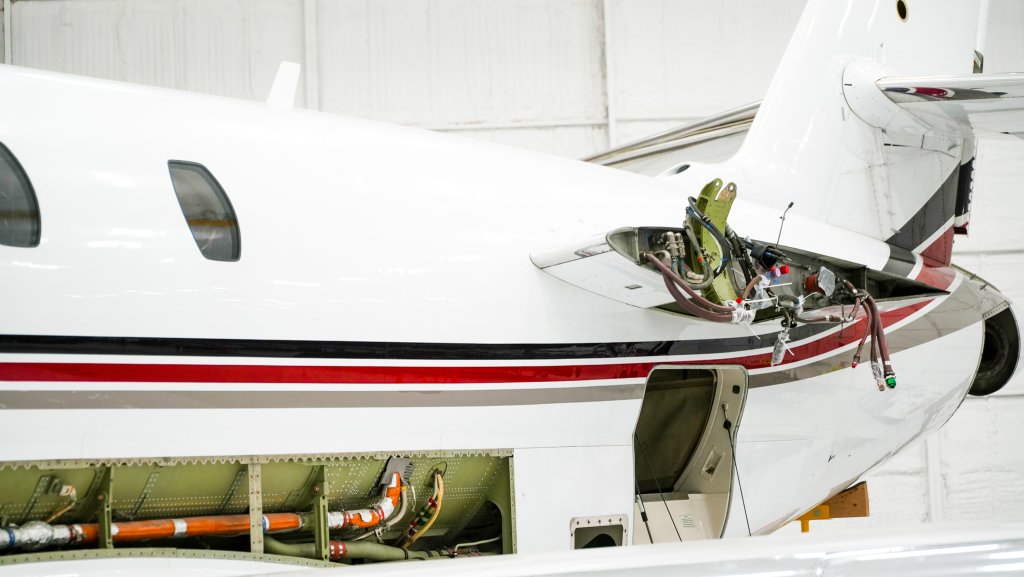
Who is a Good Fit for a Consignment Inventory Program?
Consignment inventories tend to be most efficient for the following:
- Startup airlines
- Operators with small fleets (5-40 aircraft)
- Established operators adding a new aircraft type
- Some MROs
Startup airlines may not want to allocate the funding to acquire a sufficient spare parts inventory upfront, and operators with small fleets or who want to add a new aircraft type may find maintaining a large inventory uneconomical. Consignment inventories offer lower costs than traditional inventories while still providing readily accessible parts.
MROs can also benefit from consignment inventories of high-moving and no-fly parts, increasing part availability and minimizing aircraft downtime.
Power-By-the-Hour Programs
Operators may obtain consignment inventories in conjunction with an airframe parts power-by-the-hour (PBH) program. Under a PBH program, operators pay a specified rate per flight hour. This payment covers consigned parts taken out of inventory, rather than paying a separate exchange fee each time a part is required.
What to Watch Out for When Considering a Consignment Inventory?
Choose a Reputable Supplier
Ask for references of consignment from the suppliers you are considering. Contact these references and ask them what their experience working with the supplier has been like. You may also be able to find reviews online.
Compare Consignment Agreements
If you are choosing between multiple suppliers, review their agreements. You might consider which suppliers offer only exchange fees and which ones charge floor fees and exchange fees. Further, you may consider who offers the best price for available options.
Determine If Fees are Appropriate
How much an operator will pay in access fees or floor fees may vary by supplier and the amount of inventory. Operators should evaluate the amount and value of the consignment inventory to determine what is an acceptable fee.

